Interesting thread, and good discussion Jerry.
In my opinion I suppose it can depend on circumstances, preferences, and the intentions of what the photographer visualises, however, in other cases it can be what clients are in favour of. It's quite irrating when people descibe it as a 'blurry background effect' which indicates their lack understanding in photography (and that's not to have a dig at them), but never the less, if that is what is being asked for then that is on the agenda for delivery.
I think I recall a conversation with
@Hamish Gill a while back saying the client he'd done some photog for wasn't happy about the 'blurred' background (I'm sure he can elaborate on that more), but it can work both ways as a matter of taste and what is possible given the enviroment.
But you you are right Jerry, it is fashionalble and very much requested, however, not just fashionable today.
Nikon first produced a manual-focus 50mm f/1.8 lens in 1978 I beleive it was, and I'm sure there are other lenses dating much further back than that which had the ability to acheive a shallow depth of field. I couldn't say it is a fashion of 'today' as the commodity has been available for over 30, if not more years in which I'm sure someone will correct me.
But photography required a better understanding before the ages of digital was introduced. I have a few manuals for most of my film cameras dedicating a page or two explaing depth of field. I don't see that in modern manuals today. People knew what they where doing behind an shooter which required a bit of brain power on the principal of no grant in forgiveness.
I do believe the current circumstance does play a huge role in the end result. Darkened environemts require the necessity for wide open shooting resulting in shallow DOF, maybe a bump on ISO to help out too to acheive lets say, a sharp motionless portrait of a person hand held, it's all relevant. With a 35mm film camera you're almost much to the ASA/ISO film thats in it throughout the roll.
I swing both ways (in terms of depth of field). I'll even do night photography with apertures higher that f/11 mounted on a tripod acheiving what it is I envisage. But I have an undersatnding in what I do in my own panache. I have a fanstastic Zuiko 50mm f/1.4 and don't necessarily use it wide open, only in the right circumtances to meet my creativity that I propose.
This is a very good thread.
Very interested to hear other peoples thoughts


